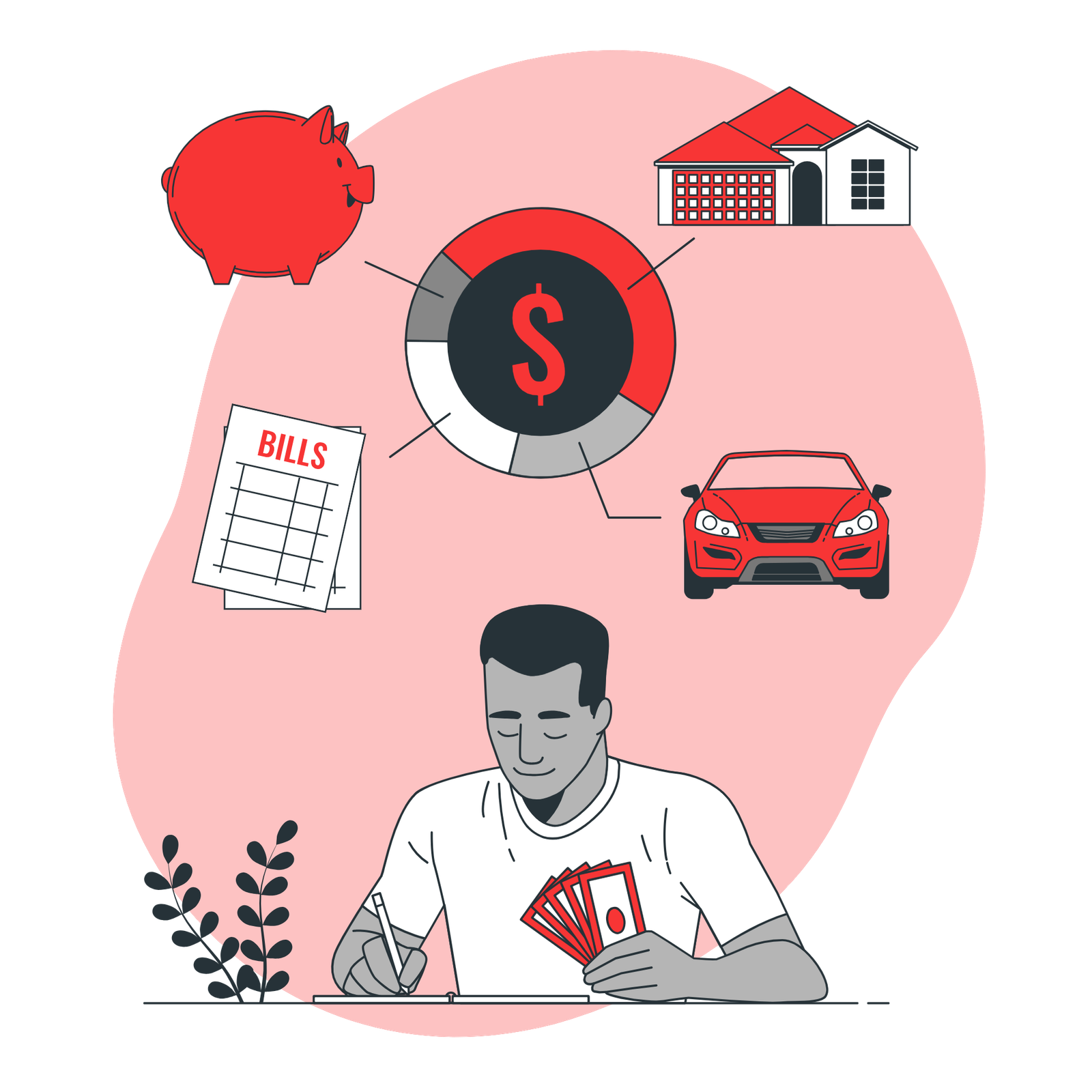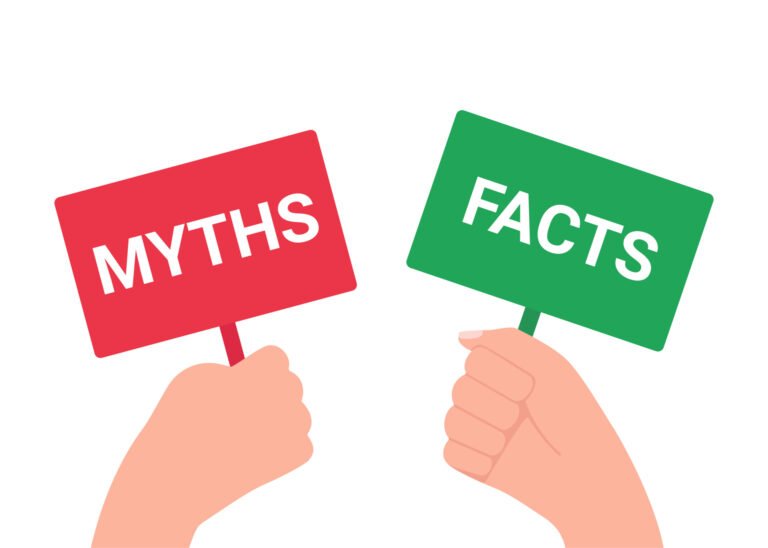Understanding Secured vs. Unsecured Debts
Debts can be categorized into two main types: secured and unsecured. Each type has its own characteristics and implications for borrowers. Let’s dive into what sets them apart:
Secured Debts: ![]() Definition: Secured debts are loans that are backed by collateral, which is an asset that the borrower pledges as a guarantee to the lender. This collateral serves as a form of security for the lender in case the borrower fails to repay the loan.
Definition: Secured debts are loans that are backed by collateral, which is an asset that the borrower pledges as a guarantee to the lender. This collateral serves as a form of security for the lender in case the borrower fails to repay the loan.
![]() Examples: Mortgages and auto loans are common examples of secured debts. In a mortgage, the home acts as collateral, while in an auto loan, the vehicle is the collateral.
Examples: Mortgages and auto loans are common examples of secured debts. In a mortgage, the home acts as collateral, while in an auto loan, the vehicle is the collateral.
![]() Implications: If the borrower defaults on payments, the lender has the right to seize the collateral to recover the owed amount. Secured loans often have lower interest rates due to the reduced risk for the lender.
Implications: If the borrower defaults on payments, the lender has the right to seize the collateral to recover the owed amount. Secured loans often have lower interest rates due to the reduced risk for the lender.
Unsecured Debts: ![]() Definition: Unsecured debts are loans that are not backed by collateral. These loans are based solely on the borrower’s creditworthiness and ability to repay.
Definition: Unsecured debts are loans that are not backed by collateral. These loans are based solely on the borrower’s creditworthiness and ability to repay.
![]() Examples: Credit card debts, medical bills, and personal loans are common forms of unsecured debts.
Examples: Credit card debts, medical bills, and personal loans are common forms of unsecured debts.
![]() Implications: Since there’s no collateral involved, lenders have a higher risk when extending unsecured loans. As a result, these loans often come with higher interest rates. In case of non-payment, lenders might resort to collection efforts or legal action, but they don’t have direct claim to specific assets.
Implications: Since there’s no collateral involved, lenders have a higher risk when extending unsecured loans. As a result, these loans often come with higher interest rates. In case of non-payment, lenders might resort to collection efforts or legal action, but they don’t have direct claim to specific assets.
Understanding the difference between these two types of debts is crucial for managing your financial situation effectively. It’s important to prioritize repayment and make informed decisions based on your financial goals and circumstances.#DebtRelief#FinancialEducation#SecuredVsUnsecuredDebts






